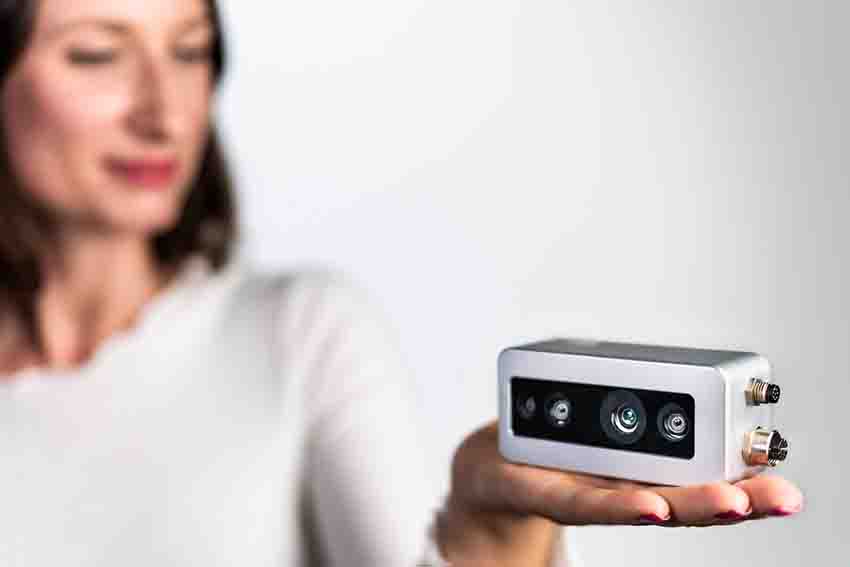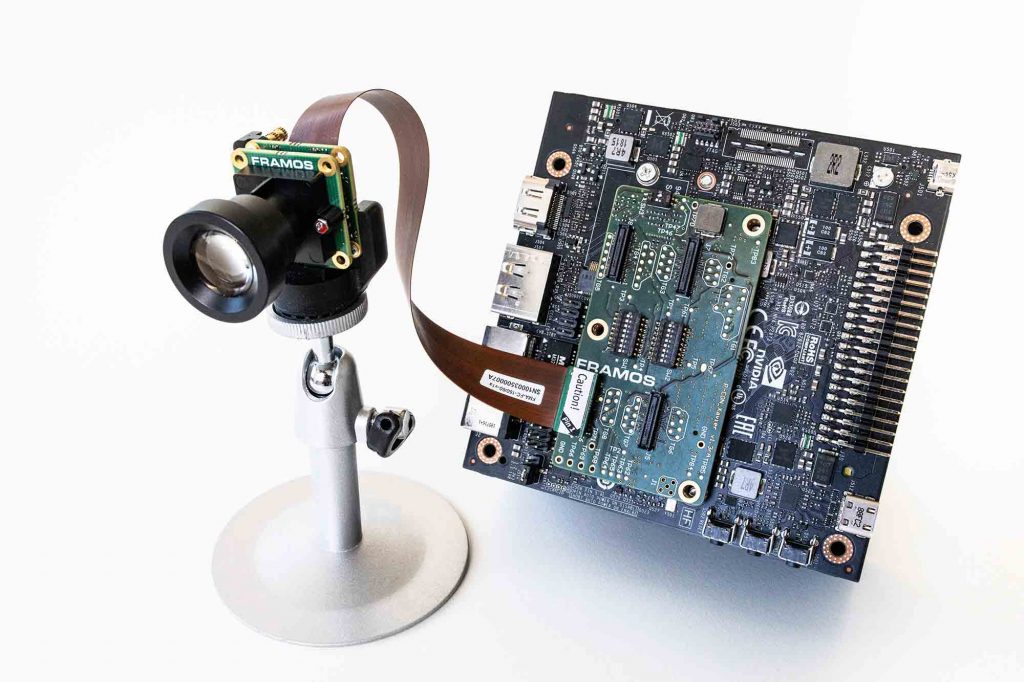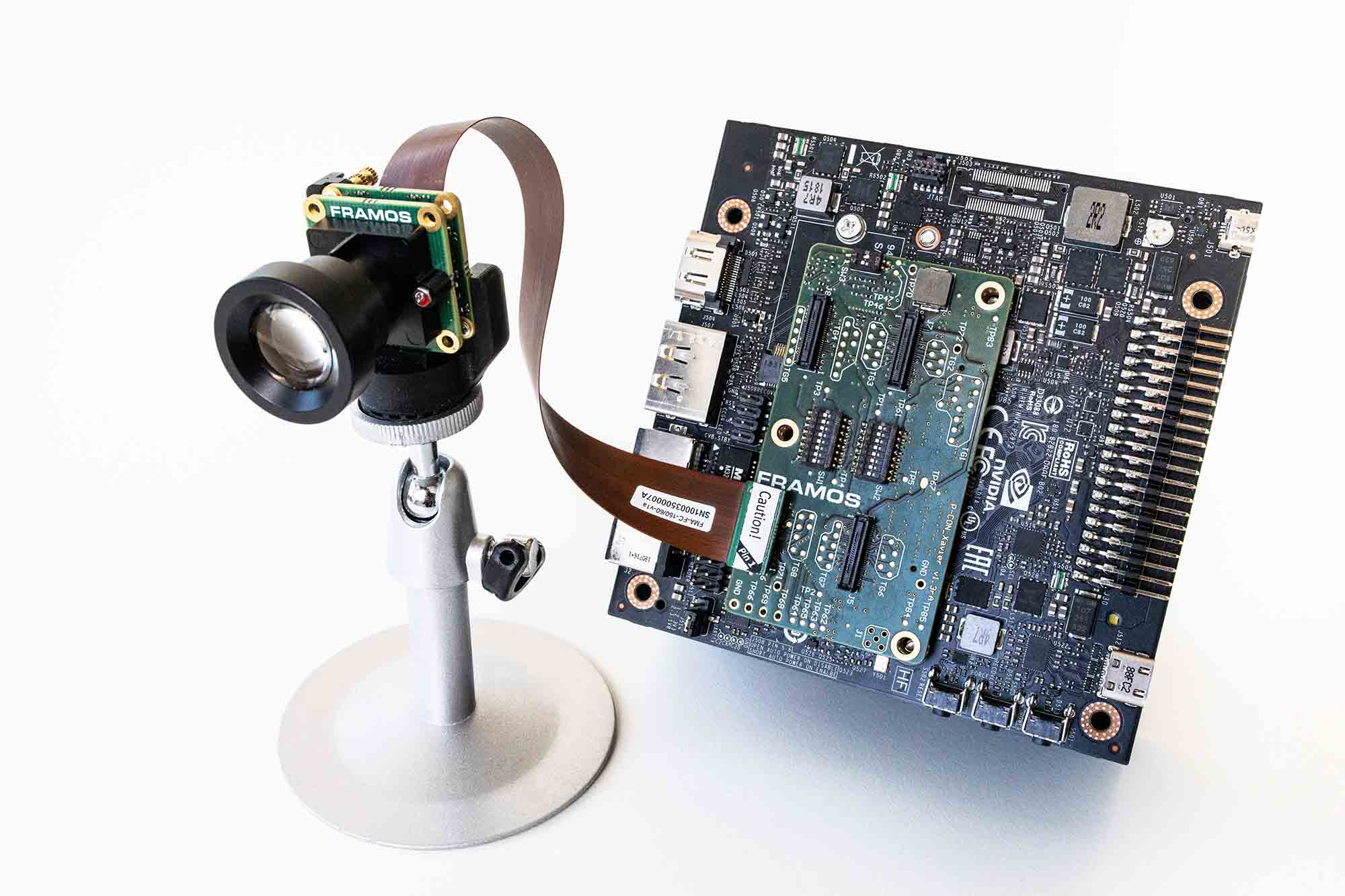FRAMOS enables machines to see. Imaging and embedded vision technologies play a key role in automation, robotics, and the IoT-connected factory; they are key drivers in cognitive systems, the smart home, intelligent mobiles, and autonomous vehicles. FRAMOS is a leading global supplier of imaging products, embedded vision technologies, custom solutions, and OEM services. Vision experts at FRAMOS have been assisting customers since 1981 as a technical consultant, development partner, and as a supplier of individual components, complex system integrations, or customization options. FRAMOS, with a team of more than 130 employees working worldwide, aims to find the fastest and most efficient imaging solutions for their customers.
Interview with Darren Bessette, Category Manager Devices, FRAMOS.
Easy Engineering: What are the main areas of activity of the company?
Darren Bessette: FRAMOS is involved in three main areas within Imaging and Embedded Vision:
- Distributor for component vendors such as Sony Imaging Sensors and Intel® RealSense™;
- Manufacturer of custom vision systems and imaging components which includes standard off the shelf products for 3D DepthSensing and Embedded Vision;
- Partner in development and support of Embedded Vision and AI Applications through our Imaging Lab and Image Tuning Services.

E.E: What’s the news for 2020 about new products?
D.B: FRAMOS’s team is eagerly looking forward to the coming 9-12 months as they continue to focus on designing and developing products that support efforts in 3D Depth Sensing and Embedded Vision, both through standard and customized products. The D400e series of products based on Intel®’s RealSense™ technologies will be at the forefront of their development. Engineering focus will be on incorporating the latest Sony sensor technologies, specifically Sony’s Gen 4 global shutter sensors, into the EV Ecosystem, and releasing the SLVC-EC 2.0 core library for Xilinx FPGAs.
FRAMOS’s Custom Engineering group will continue to expand their Imaging Lab and associated services provided. Customers looking to achieve optimal image quality with their specific components and/or vision systems can benefit from FRAMOS’s offerings. Image tuning and improved color response and performance are key for applications using NVIDIA Jetson SOMs, leveraging FRAMOS’s unique partnership in NVIDIA’s Preferred Partner Program.
E.E: What are the ranges of traded products?
D.B: FRAMOS covers the full gamut of products from light capture to digitization and display. Full range of lenses, image sensors, cameras, cables, adaptors to full vision systems are provided. All products are supported by a large team of engineers who are able to answer any questions and provide advice related to the development of a vision system. Some of the services provided include imaging tuning and development support for embedded applications and AI at the Edge applications, especially NVIDIA Jetson SOM based development.

E.E: What can you tell us about market trends?
D.B: Vision is becoming more and more integrated into products that would not normally utilize this technology. As more IoT devices are created, vision components are being added to expand their capabilities. The best example of this is smart appliances that include cameras to see inside the fridge to determine what is available to then create shopping lists for missing items or to find recipes for use with the ingredients already on hand. Autonomous vehicles are being created that require more vision products, therefore more demand for vision components and vision systems is being seen as embedded devices are created to assist or replace human workers in areas where it is difficult to find skilled workers or is too dangerous for them.
E.E: What are the most innovative products marketed?
D.B: FRAMOS has two main products/product lines that are most innovative:
- Embedded Vision (EV) Ecosystem is a portfolio of products that include image sensors from major manufacturers (Sony, On Semiconductor, Pyxalis) that are placed onto PCBs which connect via common adaptor boards to common EV processor development boards (such as NVIDIA, Xilinx, 96 boards).
- Industrialized 3D depth cameras that utilize Intel’s™ RealSense® cameras and processors to deliver 3D depth data via GigE Vision to computers. The cameras have an IP66 based enclosure while their gigabit Ethernet cables and connectors allow the camera to be placed up to 100m away from the computer. The camera is interchangeable with Intel’s™ RealSense® software suite and camera products.

